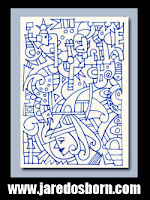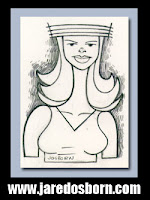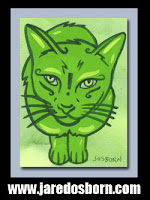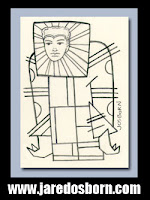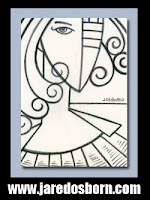
Greetings. As I sit here and ponder the universe I’m secure in the knowledge that the universe does not ponder me. What that has to do with anything I don’t know but it’s my thought for the day.
So I’m not yet sold on buying music online. I’ve purchased a few songs from iTunes over the years and even a whole album or two but when I buy music I still like a hard copy. Something physical I can own undisputedly own. Something severed from the teat of the music companies. I could burn a hard copy easy enough but that is still one more step and still could be disputed. If there is one thing I know it’s that all those record companies don’t give a damn about me. No corporation does. Only people can care and despite their legal status corporations aren’t people.
I’ve bought plenty of music over the years. From vinyl albums to cassette tapes I have purchased a variety of formats. I’ve even had some eight tracks. They all wear out. Does the record company care when my tapes are no longer operational? Nope. Buy another copy is their philosophy. They make no promises about forever and don’t want me to own anything. They don’t want you to copy their music for back up. Music companies tried to get cassette tapes outlawed way back when. That’s how much they care about me.
So when I’m offered some online music to buy I’m skeptical. I don’t trust record companies. Before the age of the internet (late 90’s) the cost of a CD was minimum $17.99 in every store I went into. Twenty bucks for one CD! How is that possible? Prices were pumped up and kept there. There were law suits, music companies settled, and refunds went out. I never got any but I always knew there was something wrong going on. I’m still suspicious.
Every week I read a story about record companies trying to get iTunes to raise the prices on music. Or start charging more for hits. Record companies have no idea about the law of supply and demand because they are used to being monopolies. If you want to buy an singer’s song then you have to buy it from the record company that has the rights to that song. No other record company can publish it. They can charge whatever they want. Pay the price or tough luck. That’s the record company philosophy.
Record companies are also not used to people being able to buy individual songs either. They keep trying to put an end to that on iTunes. Record companies would prefer you give them more money as you have to buy a whole album to get the song you want. It’s as if Fruit Loops were only available in those multi-packs and if you wanted them you had to buy five other cereals as well. I’d prefer to buy just a box of Fruit Loops.
And software companies. Don’t even get me started. Have you ever actually read one of those license agreements that pop up? You have to agree to them before you install purchased software. I know these companies are trying to protect their intellectual property but according to those agreements I don’t actually own anything I buy from them. I don’t own the CD I just bought and can run the program only at their say so. Anytime they want to take their marbles and go home they can. I have no say in it. That’s all the stuff you are supposed to agree to after you’ve bought their product. Imagine buying a new car and when you get it home and go to start it up a message appears that says you have to agree that you don’t actually own this car in order to start it. Crazy. No one would be expected to put up with that.
I can’t even give my old programs away since I don’t own them. I’m not talking about copying them. I’m talking about buying “Program A version 6” so I no longer have any use for “Program A version 5”. According to the license agreement I can’t give the disk to a buddy who might get some use out of it. Yeah, right. Every time one of those license agreements pops up I push the button that says “I Agree” while saying, “No I don’t Agree”. Just because some software company says so doesn’t make it so. The Pharaoh they are not.
It’s enough to turn a boy into a pirate. They treat you like one anyway.
